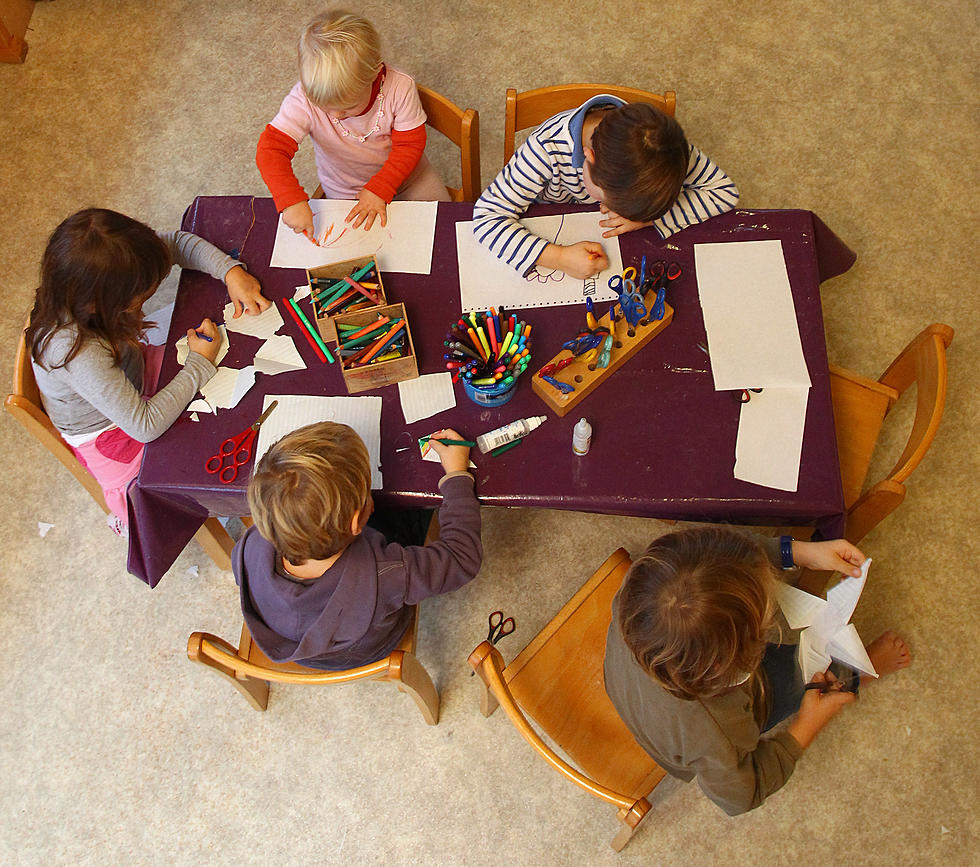
NJ child well-being report uncovers stark racial, county differences
While about 14% of New Jersey's child population lives in poverty, it's a reality for nearly a quarter of black and Hispanic children.
County by county data from Advocates for Children of New Jersey shows persisting geographic and racial gaps among New Jersey children when it comes to their well-being, despite rising median incomes and declining unemployment rates.
The NJ Kids Count County Data Dashboard released Thursday by the Newark-based organization uncovers racial disparities in areas related to child well-being. Among them:
- Black children make up 41% of the total number of New Jersey children in foster care, despite occupying less than 15% of the state's total child population. Nearly a quarter of the foster care population is Hispanic.
- Together, black and Hispanic youth represent 86% of juvenile detention center admissions statewide. More than 70% of admissions in Atlantic, Burlington, Essex and Mercer counties involve black youth.
- Compared to white babies, babies born to black mothers are at least three times more likely to die before their first birthday. Double-digit black infant mortality rates were recorded in Atlantic, Camden and Mercer counties.
The percentage of New Jersey expectant mothers receiving prenatal care beginning in their first trimester dripped from 79 to 75% between 2013 and 2017, the report shows. But there have been significant declines in the number of youth admitted to detention centers and those living in foster care.
"We've known for a long time that children of color are more likely to face poorer outcomes in every domain of child well-being and state leaders have become increasingly focused on addressing these disparities," said Cecilia Zalkind, ACNJ President and CEO. "With every Kids Count release, our hope is that policymakers, stakeholders and community leaders use the data as a tool to make positive changes in their own backyard."
Families with children saw their median income rise by 16% between 2014 and 2018, according to the report. Hunterdon's median income of $166,766 is more than three times greater than Cumberland County's. Cumberland and Essex counties recorded the highest percentage of students chronically absent. All 21 counties experienced a percentage decline in substantiated or established cases of child abuse or neglect.
ACNJ is the lead of a Census outreach effort to promote participation in 2020 and ensure that all of New Jersey's children are counted. Many major federal programs allocate more than $22.7 billion total to New Jersey each year based on census data.
"Young children are actually the most undercounted age group nationally, and in New Jersey it's estimated that about 27,000 young children were missed in the 2010 census," said Alana Vega, ACNJ's Kids Count coordinator.
A national Kids Count report released by the Annie E. Casey Foundation in June ranked New Jersey as the fifth-best state for child well-being.
More from New Jersey 101.5:
Contact reporter Dino Flammia at dino.flammia@townsquaremedia.com.
More From New Jersey 101.5 FM









